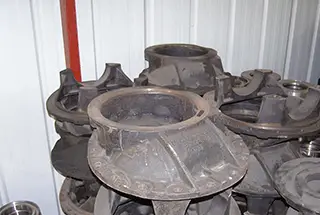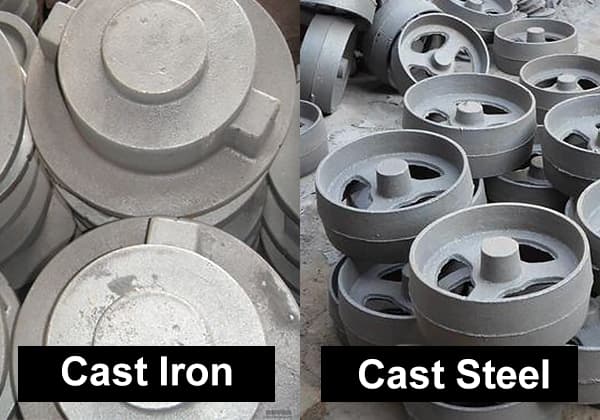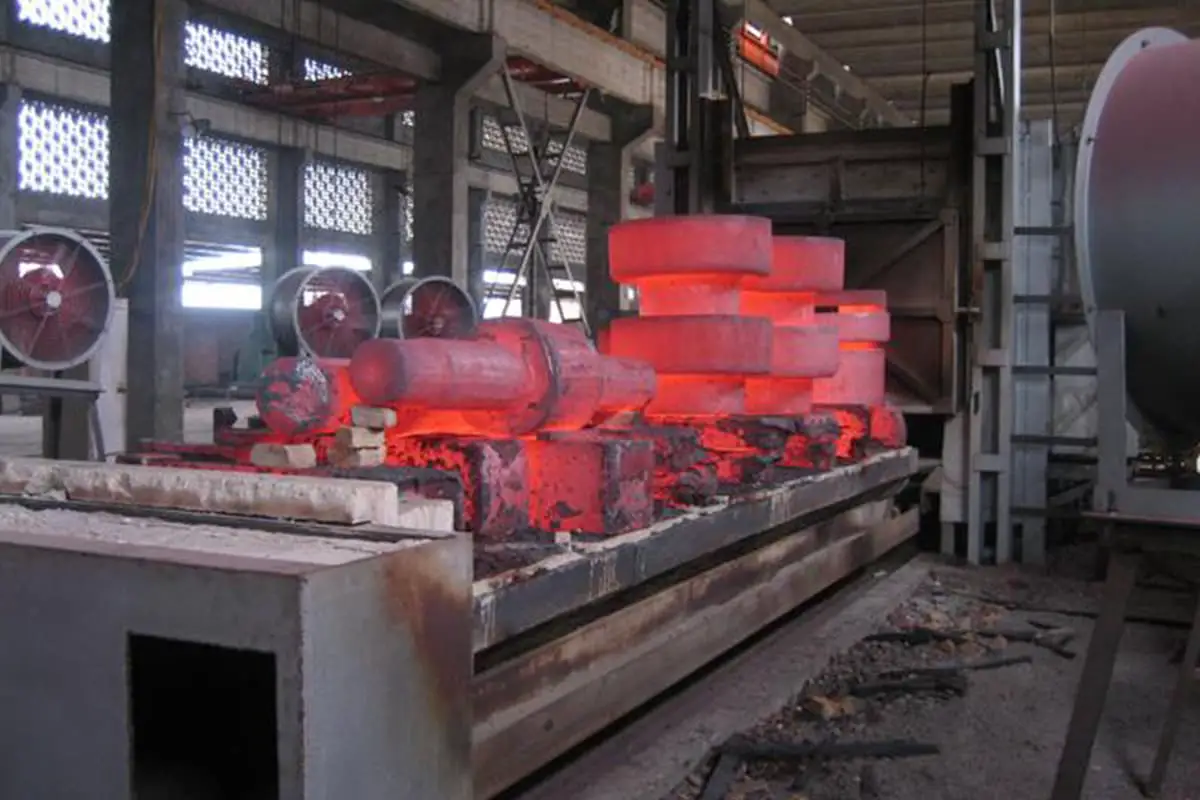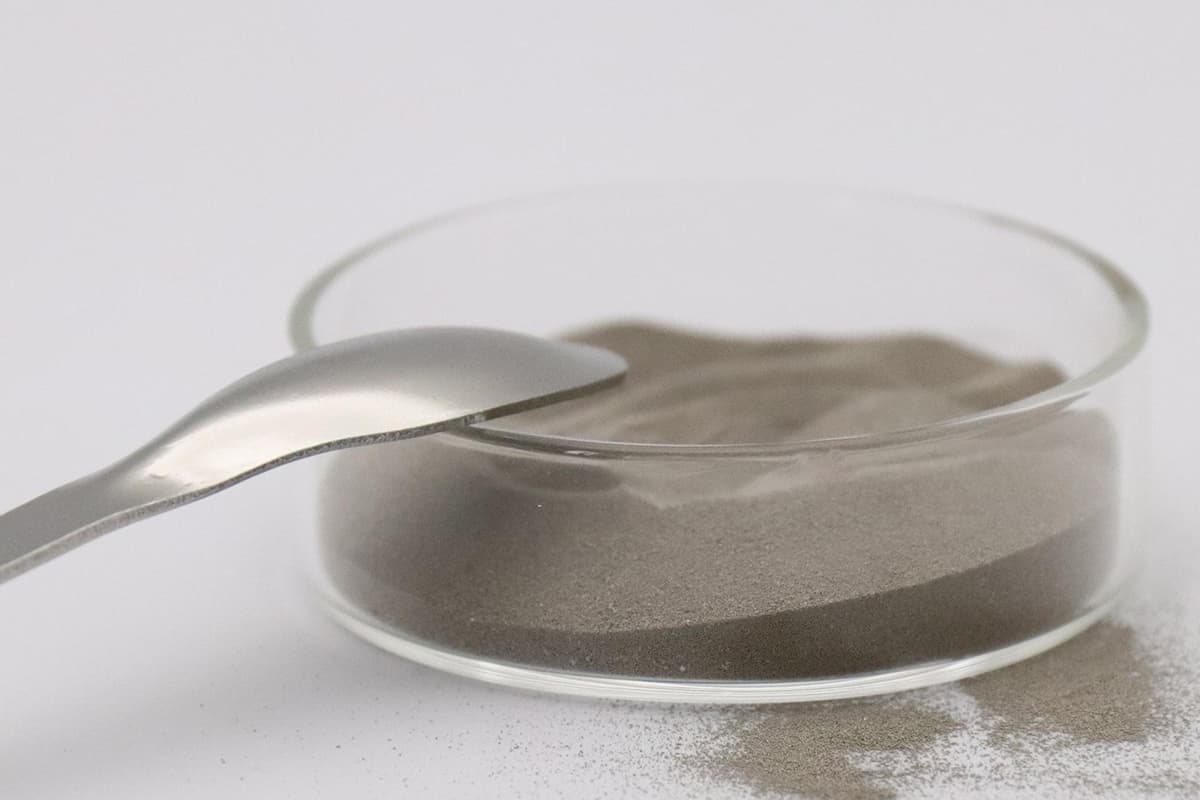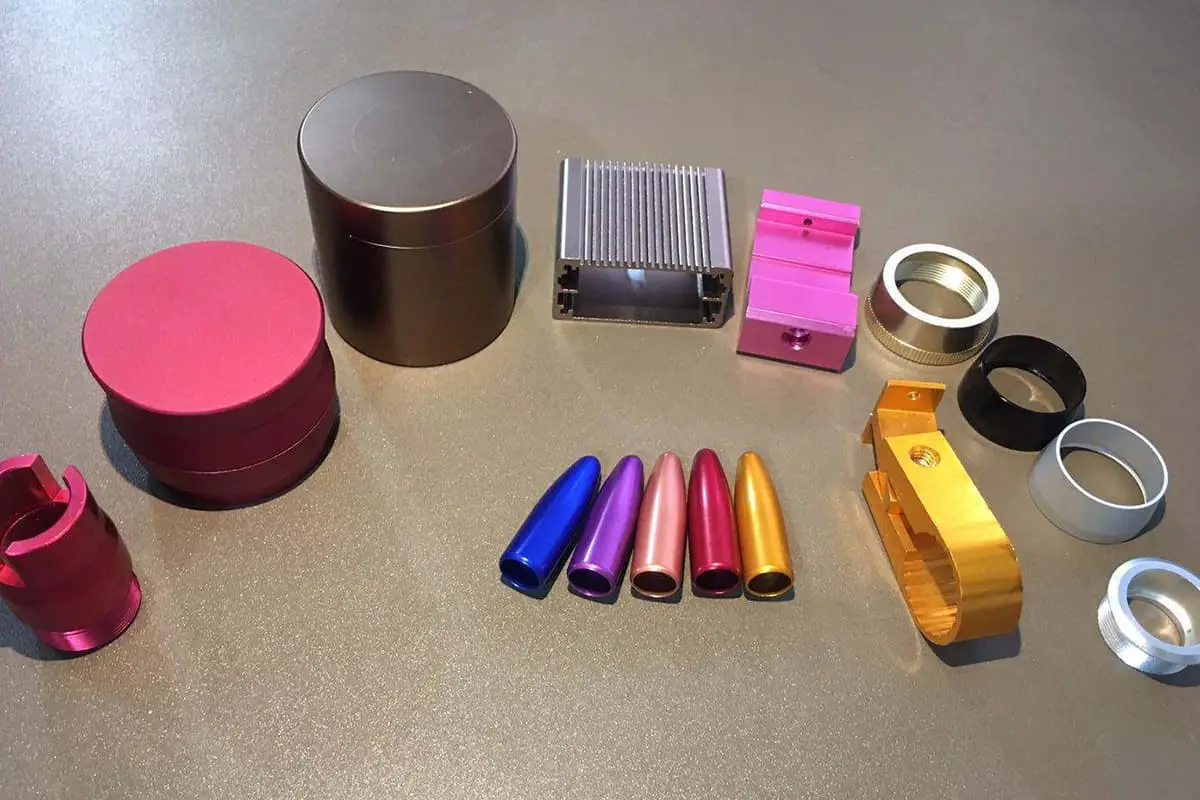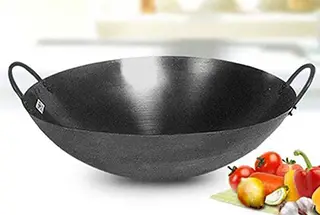
Nature difference 1. Pig Iron Pig iron is a primary intermediate product in the iron and steel industry, typically containing a high carbon content ranging from 2% to 6.69% by weight. This high carbon content distinguishes it from steel, which generally contains less than 2% carbon. While often colloquially referred to as cast iron, pig […]
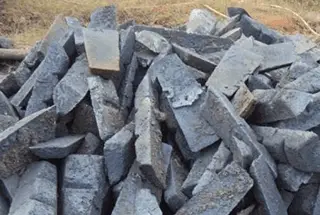
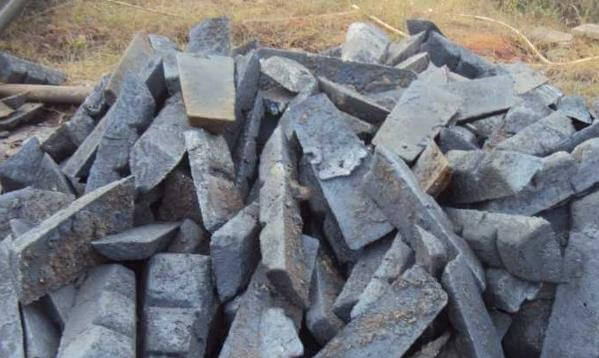
Pig iron is a primary intermediate product in the iron and steel industry, typically containing a high carbon content ranging from 2% to 6.69% by weight. This high carbon content distinguishes it from steel, which generally contains less than 2% carbon.
While often colloquially referred to as cast iron, pig iron is actually the raw material from which cast iron is made. The term “pig iron” originates from the traditional casting method where molten iron was poured into molds arranged in sand beds, resembling suckling pigs.
In addition to carbon, pig iron contains several other elements that influence its properties:
Due to its high carbon content and the presence of these alloying elements, pig iron exhibits distinct characteristics:
While pig iron can be readily cast into various shapes, it cannot be forged or rolled in its as-cast state due to its brittleness. This limitation distinguishes it from more ductile ferrous materials like wrought iron or low-carbon steels.
Pig iron serves as a crucial feedstock for steelmaking processes, where it is refined to reduce carbon content and adjust the composition to produce various grades of steel. It is also used directly in the production of cast iron products for applications requiring high compressive strength, wear resistance, and vibration damping.
Wrought iron, historically known as relatively pure iron, is a low-carbon ferrous alloy refined from pig iron, typically containing less than 0.08% carbon by weight. Its defining characteristic is the presence of slag inclusions, which give it a fibrous structure and unique properties.
The production of wrought iron involves a two-stage process:
Key features of wrought iron include:
Wrought iron’s properties make it suitable for specific applications:
However, wrought iron production is labor-intensive and costly compared to modern steelmaking processes, leading to its limited use in contemporary manufacturing.
The distinction between pig iron, wrought iron, and steel primarily lies in their carbon content and production methods:
Modern “wrought iron” products are often mild steel fabricated to mimic the appearance of traditional wrought iron, as true wrought iron is rarely produced commercially today.
Wrought iron, often referred to as commercially pure iron, exhibits distinctive properties that set it apart from other ferrous materials. Characterized by its low carbon content (typically less than 0.08%), wrought iron possesses a fibrous microstructure that contributes to its unique combination of attributes.
One of the most notable features of wrought iron is its exceptional malleability and ductility. These properties stem from its high plasticity, allowing the material to undergo significant deformation without fracturing. This characteristic makes wrought iron particularly suitable for applications requiring intricate shaping or wire drawing processes.
However, the same factors that contribute to its formability also result in relatively low strength and hardness compared to steel alloys. The Brinell hardness of wrought iron typically ranges from 100 to 140 HB, while its tensile strength is generally between 240 to 350 MPa. These mechanical properties limit its use in high-stress structural applications but make it ideal for forging and welding operations.
From a metallurgical perspective, wrought iron’s high purity and low carbon content contribute to its excellent corrosion resistance, especially when compared to mild steels. This property, combined with its unique aesthetic appeal when weathered, has historically made it a favored material for architectural ironwork and marine applications.
In modern industry, pure iron finds specialized applications primarily in electrical and magnetic components. Its high magnetic permeability (typically ranging from 200 to 5000 μ) makes it an excellent choice for transformer cores, electromagnets, and other electromagnetic devices where efficient magnetic flux conduction is crucial.
Additionally, high-purity iron serves as a critical raw material in the production of high-grade alloy steels, particularly those requiring precise control of trace elements. In research and development, it’s often used as a base material for studying the effects of alloying elements on iron-based systems.
While its use as a primary structural material has largely been superseded by various steel grades, wrought iron continues to play niche roles in historical restoration projects, artisanal metalworking, and specific industrial applications where its unique properties are advantageous.
Pig iron is characterized by its high carbon content, typically ranging from 3.5% to 4.5%. This composition imparts significant hardness and wear resistance, coupled with excellent castability. However, these properties come at the cost of brittleness and negligible plasticity, rendering pig iron unsuitable for forging processes.
The classification of pig iron is primarily based on the morphology of carbon present in its microstructure, leading to three distinct types:
(1) Steelmaking Pig Iron (White Iron):
In this variant, carbon exists predominantly as iron carbide (Fe3C), resulting in a white appearance on fractured surfaces. The presence of carbides contributes to extreme hardness and brittleness. Steelmaking pig iron serves as the principal raw material in steel production, particularly in basic oxygen furnaces and electric arc furnaces.
(2) Cast Pig Iron (Gray Iron):
Cast pig iron contains carbon in the form of flake graphite, giving its fracture surface a characteristic gray appearance. The graphite flakes act as natural lubricants, enhancing machinability, wear resistance, and castability. However, these flakes also create discontinuities in the iron matrix, leading to reduced tensile strength and ductility. While unsuitable for forging or rolling, gray iron excels in applications requiring vibration damping and thermal conductivity, such as machine tool beds, engine blocks, and pipe systems.
(3) Nodular Cast Iron (Ductile Iron):
In nodular cast iron, carbon manifests as spheroidal graphite nodules. This unique microstructure combines the castability of gray iron with mechanical properties approaching those of steel. Nodular cast iron exhibits superior tensile strength, ductility, and impact resistance compared to gray iron, while maintaining excellent wear resistance and machinability. These attributes make it ideal for high-performance castings in critical applications, including crankshafts, gears, pistons, and various load-bearing components in automotive and industrial machinery.
(4) Alloy Pig Iron:
A specialized category of pig iron, alloy pig iron is intentionally produced with elevated levels of specific alloying elements such as silicon, manganese, nickel, or chromium. Common examples include ferrosilicon (FeSi) and ferromanganese (FeMn). These alloy pig irons serve as essential additives in steelmaking, allowing precise control over the final steel composition. The introduction of alloy pig iron during steel production facilitates the achievement of desired mechanical properties, corrosion resistance, or specific metallurgical characteristics in the finished steel product.

